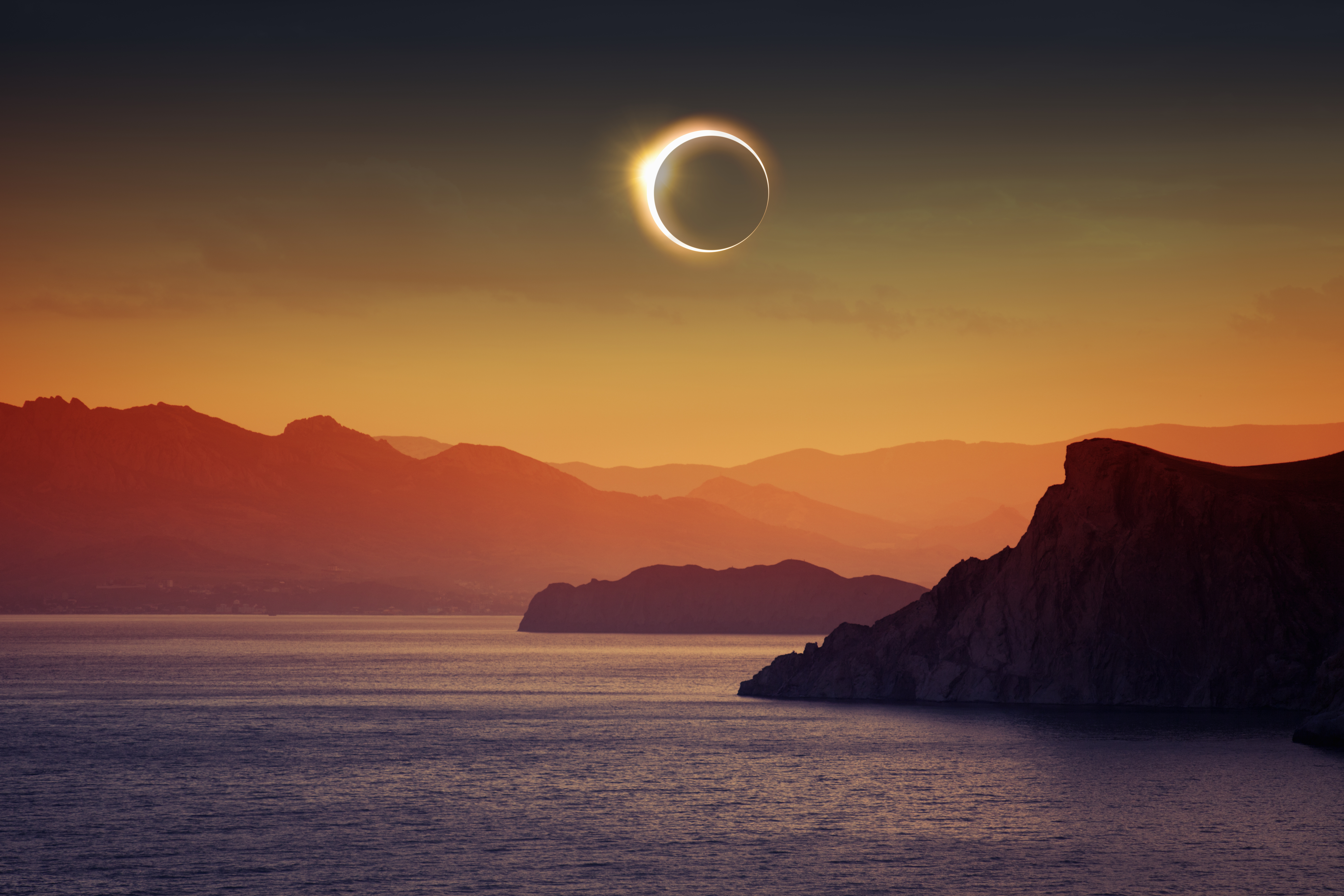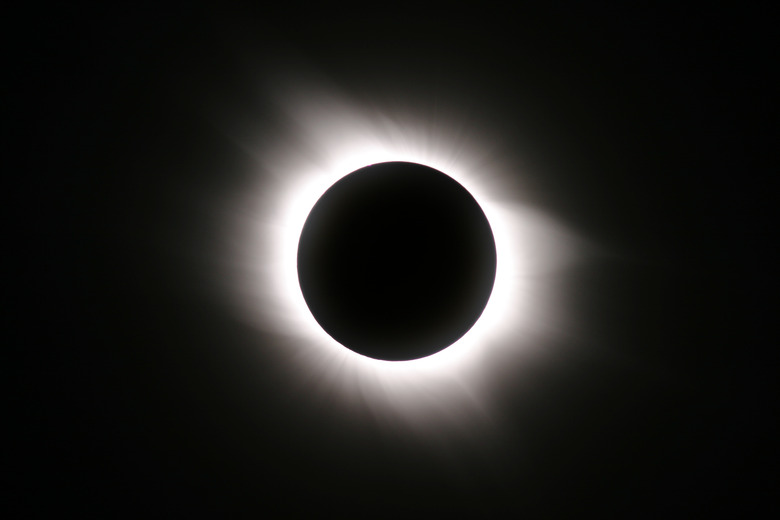How To Make Sure Your Eclipse Glasses Are Actually Safe To Use
With April's total solar eclipse being the last one that we'll see in the U.S. for the next couple of decades, tons of folks are flocking to the path of totality to see the eclipse for themselves. If you're planning to watch it, though, you'll need a pair of eclipse glasses. But not just any pair will do. You'll want to test your eclipse glasses to make sure they'll actually protect your eyes.
We live in an unfortunate time, and that means that companies are more than happy to rip you off if it makes them a few quick bucks. As such, you should only buy eclipse-rated glasses from companies that have been approved by the American Astronomical Society (AAS) or some other similar group.

The reason that you need to be sure your eclipse glasses actually work is because looking at the sun without any protection can actually cause lasting damage to your eyes. As such, the AAS recommends testing your eclipse glasses before the big day to make sure you're going to be safe to use them. You'll also want to test them before you try to use them to record the eclipse with your phone.
To test your eclipse glasses, try putting them on inside your home. If you can see anything other than the brightest lights, the glasses you have probably aren't safe to wear during a real eclipse. When wearing the glasses inside, the AAS says you should only be able to see the brightest lights, and those should appear faint.
If your glasses fail any of these tests, the AAS recommends trying to get a refund or just discarding them. Do not use them. The best option, of course, is to make sure you buy a pair of eclipse glasses that are from a trusted company the AAS or another similar group has approved. That's because those eclipse glasses have been tested to ensure they actually meet the ISO certification required to keep your eyes safe.
You can see a full list of the companies that the AAS recommends on its website.
